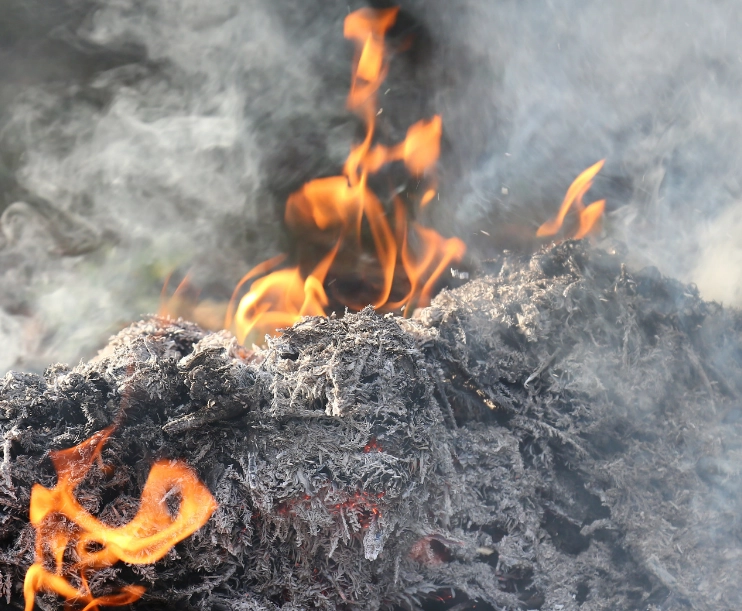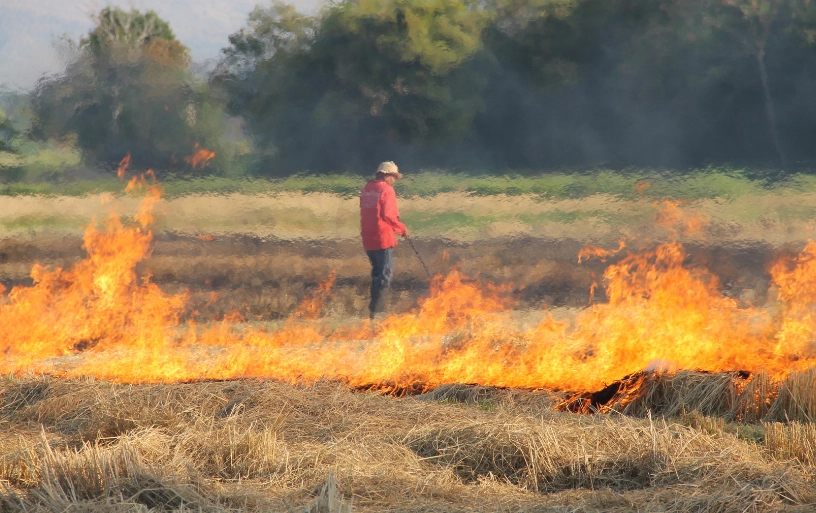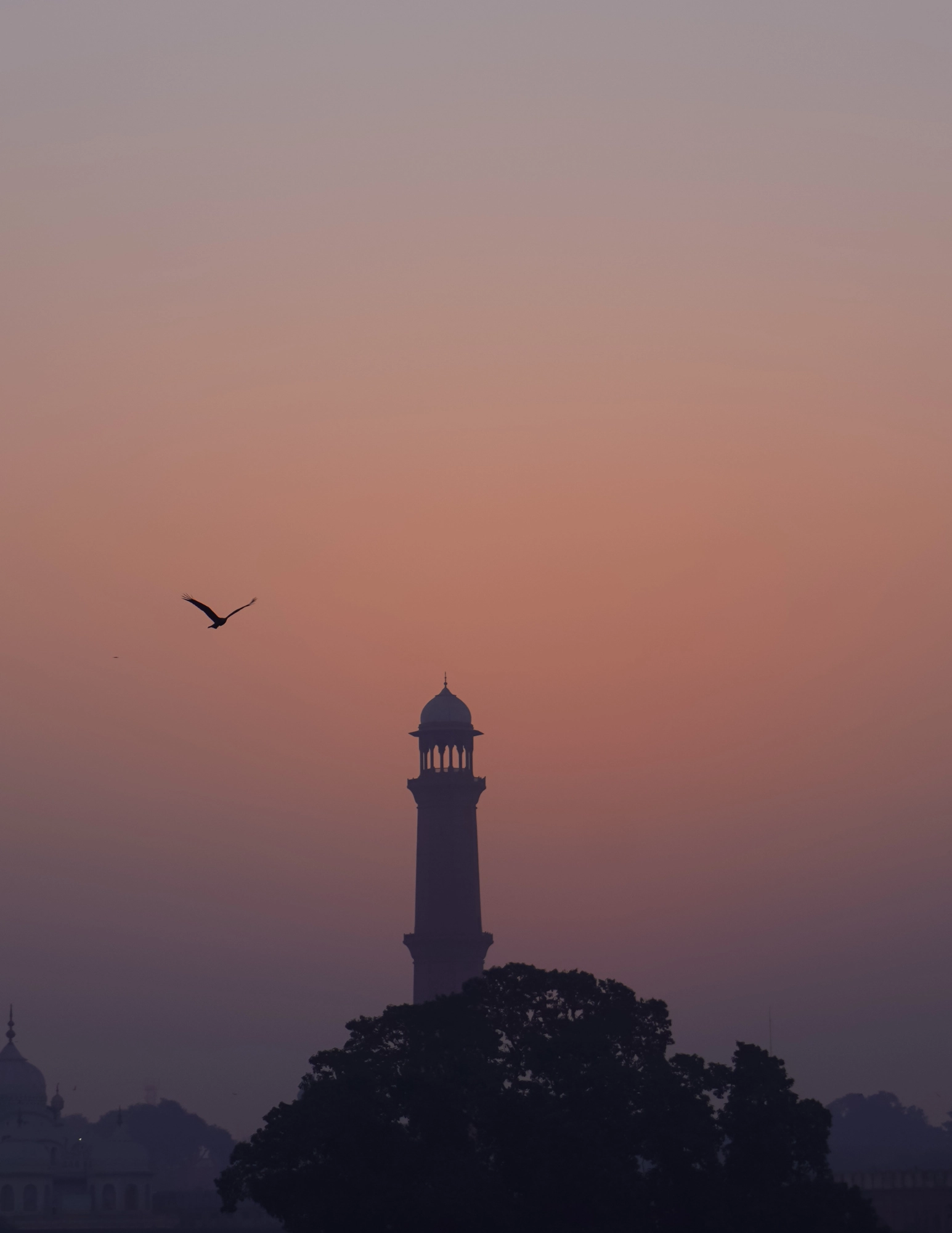Pakistan faces a deadly smog crisis, with its air quality reaching alarming levels. The toxic haze, caused by agricultural fires, traffic congestion, industrial emissions, and urban sprawl, has turned daily life into a health risk for Pakistani citizens. How Did Pakistan Get Here?
Across Pakistan, the smog crisis is no longer a seasonal inconvenience—it’s an undeniable reality suffocating millions, resulting 07 out of 10 people suffering from health complication brought by the toxic air, according to the data by Ipsos.
In October and November 2024, its Air Quality Index soared to hazardous levels over 1000, in major cities, propelling it to the top of the global charts for pollution. This is not just an environmental issue; it’s a profound and escalating crisis that reflects the broader challenges facing Pakistan—a nation grappling with unchecked urbanization, industrial growth, and environmental neglect.
Over two million people in Punjab alone have flooded medical facilities in just one month, seeking relief from respiratory illnesses caused by this environmental emergency. Punjab’s battle is a microcosm of the country’s urgent need for sustainable solutions, as the very air its citizens breathe becomes a silent yet lethal threat.
For weeks, smog has blanketed cities across Punjab, reducing visibility, halting daily activities, and turning breathing into a health risk. Hospitals in urban centers are overwhelmed with patients suffering from respiratory illnesses, with children and the elderly most affected.
Smog—a noxious cocktail of smoke and fog—emerges when pollutants, trapped in cold, moist air, settle near the ground, robbing the city of both clarity and health. This phenomenon has become an all-too-familiar scourge for the residents of Lahore, where microscopic toxins hang in the air like a persistent threat.
A pulmonologist at one of Lahore’s overcrowded hospitals, grimly observes, “We’ve seen our patient numbers double. It’s a struggle. The air is just too toxic.” Due to this air filled with toxins general public is suffering from burning eyes, sore throat and chronic respiratory issues. Research have shown that rising air pollution in Asia alone can shorten life expectancy by over five years per person.
This isn’t some abstract environmental concern. It’s a daily affliction for millions of inhabitants across the country, a constant reminder that the very air they breathe may spell their undoing. And for those unable to escape, especially people who don’t have access to health care and safer living conditions it’s no longer a far-off issue—it’s a daily reality.
Hospitals in urban centers are overwhelmed with patients suffering from respiratory illness The Impact on Punjab’s Urban Centers
While Lahore remains at the center of attention, the smog crisis extends across Punjab’s major cities, including Faisalabad, Gujranwala, Multan, and Rawalpindi. Faisalabad, a hub of textile manufacturing, struggles with industrial emissions that worsen air quality. Gujranwala and Sialkot, known for their manufacturing industries, contribute to pollution through outdated machinery and coal-based energy sources.
Multan, a growing urban center, faces increased vehicular and construction-related emissions, while Rawalpindi contends with rapid urbanization and vehicular congestion. In these cities, residents experience similar health crises, with smog disrupting daily life, causing school closures, and leading to a surge in hospital visits for respiratory ailments. The collective struggle highlights the need for a province-wide strategy to tackle pollution.
How Did Pakistan Get Here?
A 2014 World Bank study, Air Quality in Pakistan: A Review of the Evidence, revealed Pakistan’s urban air pollution ranked among the world’s worst, causing 235,000 premature deaths annually and cutting life expectancy by up to 2.7 years. Nearly a decade later we can see a smog crisis in Pakistan, particularly in Punjab resulting because of longstanding environmental mismanagement.
For example, every autumn Farmers burning crop stubble sends plumes of smoke into the atmosphere, a practice that continues due to a lack of affordable alternatives and inadequate policy enforcement.
In urban centers, aging vehicles and diesel-powered transport spew harmful emissions into the air. Industrial hubs across the country, including brick kilns and factories, rely on coal and release unchecked pollutants. Rapid urbanization has worsened the situation, as green spaces give way to concrete development, leaving fewer natural barriers to absorb pollutants.

Pakistan’s urban air pollution ranked among the world’s worst, causing 235,000 premature deaths annually and cutting life expectancy by up to 2.7 years.
Punjab’s Response: Too Little, Too Late?
In response to the smog crisis, the Punjab government has identified numerous measures to curb emissions: regulations on factory pollutants and brick kiln emissions; financial incentives for farmers to reduce crop burning; promote cleaner public transport options; and campaigns to raise awareness about air quality.
Chief Minister Punjab Maryum Nawaz took an initiative to tackle smog in the South Asia region, through climate diplomacy with India. As air pollution doesn’t recognize borders, she emphasis that the right time is now for joint action on this humanitarian issue. For many if both Punjabs join hands in this cause, millions of people can be saved from the consequences.
A National Strategy for Clean Air.
Pakistan’s struggle for cleaner air demands nothing short of urgent, transformative action. Leaders must invest in renewable energy, restore green spaces, and revolutionize public transport. Farmers need viable, sustainable alternatives to end harmful practices, while industries must face stricter regulations to curb emissions.
But this isn’t just about policy—it’s about people. Public awareness and community-led efforts are essential to drive meaningful change. The toxic air choking millions isn’t merely an environmental issue; it’s a public health emergency.
For Pakistan, this smog crisis is a defining moment—an urgent call to rise and reclaim the promise of a healthier, sustainable future.






